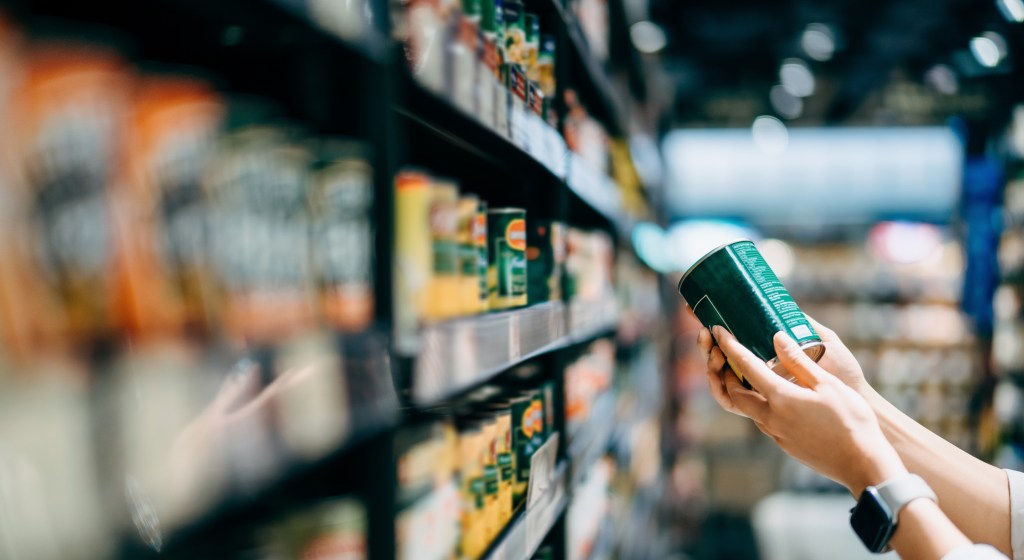Innovative and trendy products with focus on quality are key to success
A decade ago, Japanese music, movies, and video games were all the rage. Japanese products were widely popular and followed by Hong Kong consumers. As time goes by, this prevailing pop culture has shifted, from Japan to Korea. With the emerging popularity of Korean dramas, movies and k-pops, Korean brands are now widely accepted by consumers as a rising trend and this has laid a strong foundation for the retail market to grow.
Who are Korean brands’ target customers?
The rising Korean trend is increasing its popularity among Hong Kong consumers. According to NielsenIQ Japanese and Korean Trends report which traces Hong Kong consumers’ perception on the popularity of Japanese and Korean trends, the popularity of Korean trend has, never like before, overridden Japanese trend with over 50% of respondents aged 18 to 54 feel that the Korean trends will continue to be popular in the near future. Eight out of ten millennials are fancy about the Korean trend and this is more skewed towards female (80%). Also, respondents with higher income (more than HK$25,000) are found to have a stronger recognition of Korean trend and are more likely to have visited Korean at least two times in the past year (88%).
What is driving the growth of the Korean Trend?
The potential for Korea is more to be unleashed. According to Korea Tourism Organization 2017, there is an average of 600,000 tourists travelling to Korea every year with the Korean cosmetic products accounting for 25% of China’s total cosmetic import. According to 2016 Forbes, the economic impact of K-pop star BIGBANG is expected to be a pretax earning of US$44 million.
The key driving focus behind Korean trend popularity is found to be mainly coming from entertainment (76%), followed by fashion / personal care (71%) for millennials being the target customers.
What are the potential opportunities?
Although surveyed respondents’ current trip spending on Japanese products is still 30% more than that of the Korean products, with Korean products getting more popular in the market, around one-third of the respondents claimed that they will be increasing their spending on Korean products in the near future. Close to three in ten (28%) respondents who claimed they will purchase Korean fashion product, over 40% claimed that they will increase the spending. One-third who claimed that they will purchase cosmetic products, and among them, 37% will increase their spending. This trend has shown a great potential for the Korean retail market to come.
Although the above personal care & cosmetics products as well as fashions are growing in expected spending, there is a growing popularity for Hong Kong consumers on Korean food. A respective 80% of female aged 25-34, millennials and with an income of around HK$25,000 to HK$49,000 will buy confectionery, packaged food and cooking needs in their next trip to Korea. Hong Kong consumers’ interest in Korean food products open up the new opportunities to be introduced in Hong Kong.
The winning tips for Korean brands in Hong Kong: innovative and trendy products with quality
In order for Korean brands to grow even further in Hong Kong, it is important for brands to drive a higher acceptance among their target group of customers to generate a better word-of-mouth effect. This target group values products that appeal to fit their need (41%) most and expect the products to be trendy and imagery (34%). Innovation (31%) and product quality (31%) are also key strengths that they are looking for from Korean brands.
Apart from the product, identifying effective channels to reach the target groups are also crucial and can also help in maximizing the return on investment. It is important to note that social media platform (i.e. Facebook, YouTube, Instagram, etc) is an impactful channel for the millennials to share the personal opinions and to seek advice. Their online spending pattern is also worth-noting with almost half of them do their online shopping with computers at home and office (48%), followed by a respective 25% and 11% using their mobile and tablet for online shopping.
“The Hong Kong economic environment has remained stable over the years and has been well-supported by the consumption of over 42.8 million of mainland visitors coming to Hong Kong. With the Korean market slow emerging in Hong Kong, Korean brands can succeed and win Hong Kong customers’ buy in by being more customer focus, showing emphasis on product quality and charging a premium with innovation. This will certainly open up a new market for opportunities to come,” said Michael Lee, Managing Director, NielsenIQ Hong Kong & Macau.




